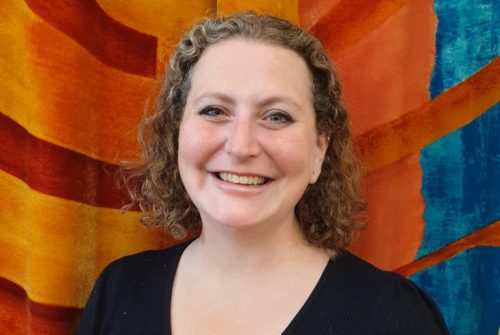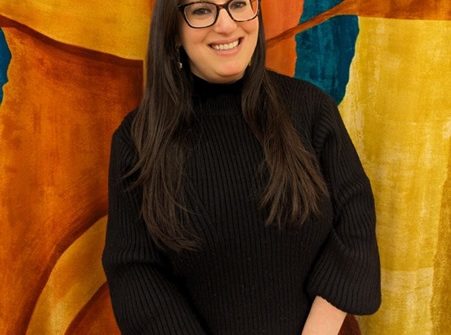At the beginning of the first lock down in 2020, my husband Gary and I decided to start watching the American medical drama ‘Grey’s Anatomy’. There were 16 series and I don’t think we quite realised what a commitment we were making. Gary gave up somewhere around season 8. Last week however he rejoined me on this epic televisual journey, as we finally reached season 17 – the season made for 2020, dealing with the outbreak of the pandemic. It is both fascinating and painful to recall that time, and Grey’s Anatomy attempts to show the reality that was faced by all of us as individuals – the challenges of isolating alone and the challenges of being locked down with children. It is largely, though, a stark reminder of the incredible burden our hospitals, doctors, nurses, and cleaners faced.
This Shabbat has been designated Mental Health Awareness Shabbat by Jami – a charity working to support and educate around mental health in the Jewish community. It deliberately falls on a Shabbat that recounts the 10 plagues, reminding us that Mental Health challenges are reaching pandemic levels, and because the Plague of Darkness is seen as a parallel to the darkness we can fall under when our Mental Health is not at it’s best. But the plague we have all just lived through has also had a huge impact, not least on many of our key workers; nurses, doctors, teachers and I might even add clergy. In some areas we are still trying to figure out how to function in our new reality. Many of those key workers, and many of us as individuals, continue to live with the darkness of the pandemic, and many of course were living with it well before.
In Grey’s Anatomy they showed first responders gathering at the doors of the hospital each morning to clap for the doctors and nurses as they arrived for work. We clapped too, from the safety of our doorsteps. But now that the clapping has ended, and we can all stand a little bit closer, we mustn’t forget that the struggle for many remains. And the long term impacts of this recent plague may not be known for some time!
The plague of darkness which we will read about next week is not only a metaphor for the darkness we may feel descend when facing mental health challenges. Exodus tells us that the suffering the plague created was rooted in the fact that people couldn’t see each other through the blackness [Ex. 10:23]. In one translation Richard Friedman understands the impact of the plague as ‘each man did not get up from under it – three days’. The plague of darkness meant not only could people not meet or greet one another, but couldn’t see each other’s suffering – they were isolated and alone, unable to get up under the weight of the affliction.
10 days ago many of us were together in this sanctuary, weighed down with the loss of Zachary’s grandma, and sitting with you all in the darkness of that loss. While we couldn’t change the reality, we could gather together, and hold one another. For me this is one of the greatest gifts of being part of a community. Whether celebrating the highs like today, or supporting one another through the lows, Jewish ritual is designed to give us the structures to feel what we need to, not to brush it under the carpet and leave it to fester. The Rabbis who designed our mourning rituals understood, it seems, the need for grief and pain to have outlets – not only when a loss has just happened, but throughout the years as we journey together. Communities cannot fix everything, but in valuing the choices of the individual, and supporting together when needed, and when known about, they are a part of how we can collectively benefit from our Judaism and our community.
Communities are here for the journey, whether you are feeling like Moses who struggled his entire life with an inferiority complex, or like Rebbe Nachman of Bretzlov suffered with deep depression, and is thought to have lived with an undiagnosed Bi-polar disorder. We can’t wave a magic wand and fix things, but we can sit with one another in the darkness, provide support (and of course food). We can even help find the right ritual to process some of life’s darkest moments. And we are also here for the journey of life’s joys, celebrating new babies, personal achievements, love, and the hard work that goes into being ready to take on life’s responsibilities when we turn 13.
Grey’s Anatomy depicts a community of co-workers. We want to be a community that continues to stand side by side and claps for one another – showing our support for the strengths and weaknesses we each embody. And we also want to be a community that will sit with you quietly, in the dark, and do what we can to help bring one another out into the light again. Whatever burdens we carry, they are lightened when shared. There are leaflets around the synagogue that will help you find the resources and support that JAMI can offer you, and as you heard earlier from Michael, there are ways we too hope to support one another.



